Interview with iii Resident Nina Runa Essendrop for No Patent Pending
Nina Runa Essendrop is a Danish LARP designer and performance artist who has spent the majority of her life exploring the world through live-action role play. Her LARPs focus on investigating the basic sensory experiences and human emotions that are so common in our everyday lives, yet are so often pushed aside in favor of more rational ideas and actions. Favoring abstract soundscapes over words or dialogue, she encourages her performers and audiences to experience both the joys and sorrows of living through play as a way of preparing for real life outside the theatre.
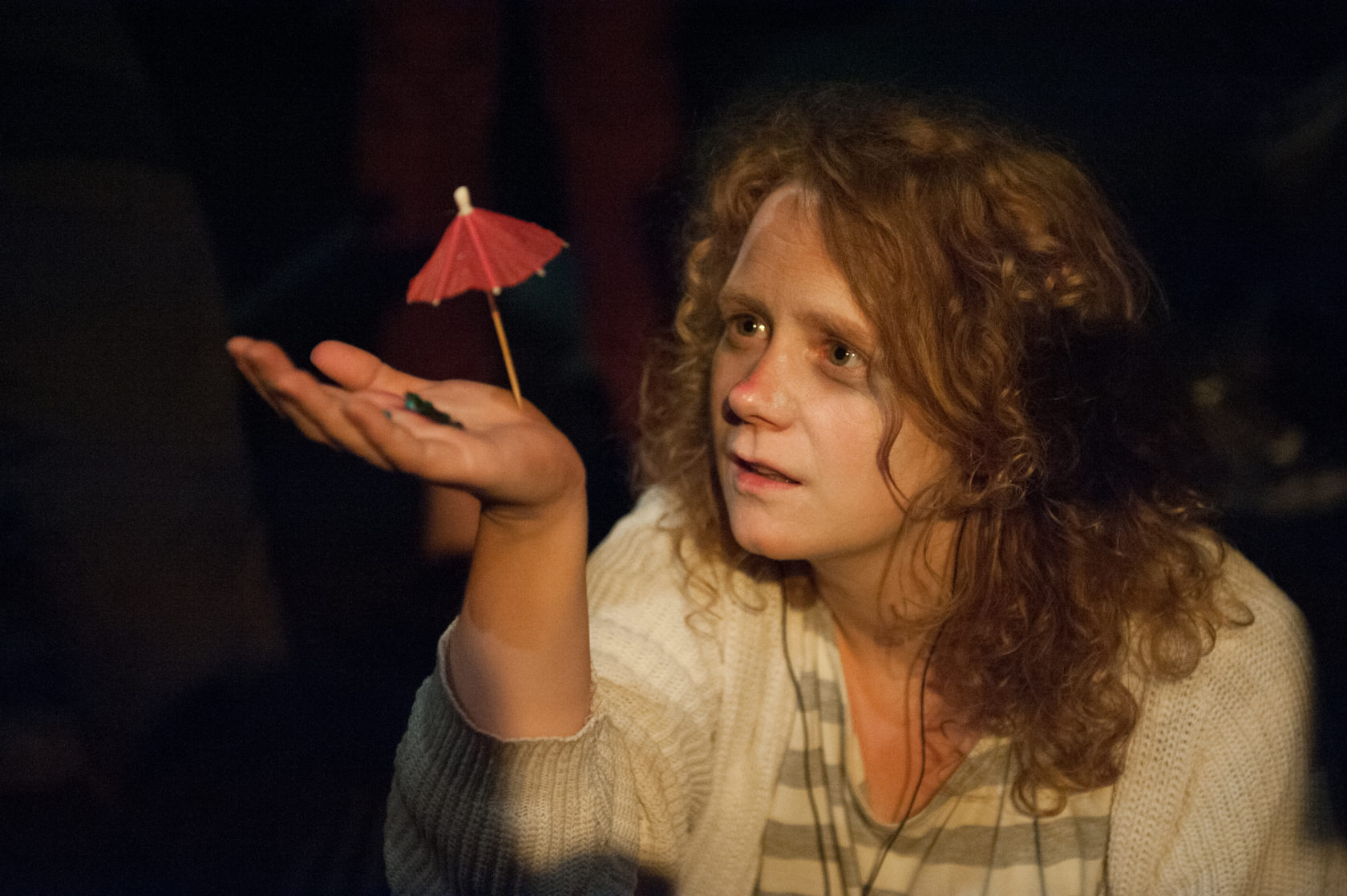
Nina is a member of the Nordic Larp community, she has designed and produced LARPs all over the world and collaborated with artists in Europe and the United States. She holds a master’s degree in theatre and dance from the University of Copenhagen.
Laura Anderson: When most people think of LARP, I think they think of people dressing up in costumes to spend a weekend in a sort of Lord of the Rings fantasy. Your art provides a broader definition of what LARP and games can be. Can you describe that and what LARP is beyond that conception?
Nina Runa Essendrop: I think LARP has developed in a lot of different directions, from being mainly fantasy (as you describe) to cover a broad range of fictions, designs and experiences. The kind of LARP I work with is very inspired by dance, performance art and physical theatre. It is more abstract or poetic experiences, using physical tools (such as movements and sensory impressions), than a game to be played or a tool for narrative storytelling.
It is a bit hard for me to give a precise definition of what LARP is today. It can be a lot of different things. It is a lot like children’s play, where everybody agrees to be someone else or to react or interpret their surroundings differently than they normally do. I think an important aspect of LARP is that you play for the sake of your own experience rather than to entertain others, but at the same time, a LARP is always brought to life as a collaboration between the participants within the frame that the LARP’s designer has created.
LARP is almost always immersive because you use your own body to play out the character and situations rather than watching it from a distance. But unlike classic fantasy LARPs, the LARPs I make often create a kind of bodily immersion or immersion into a situation or state of being rather than letting the players immerse into a specific fictional universe.
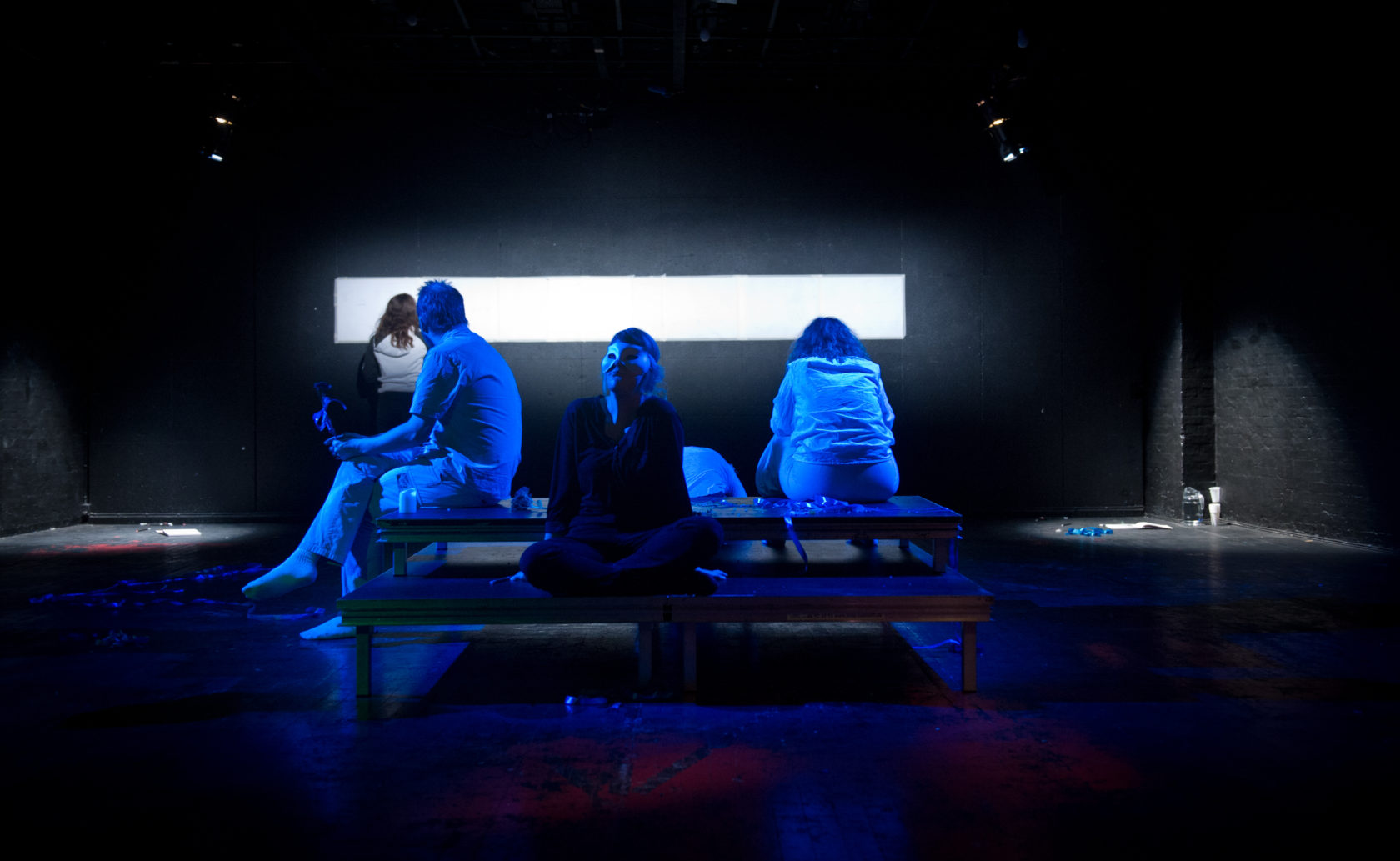
Do you consider all of your performances LARP? If so, what makes them so, and how is LARP different than a more traditional performance?
One of the differences between LARP and traditional performance is the way it is played/performed. Larpers play LARPs with the purpose of creating an experience for themselves, even when there is an audience present. Designing a LARP with an audience means valuing both the experience of the larpers and the experience of the audience and creating a frame that makes these two (often different experiences) compliment and enhance each other.
LARPs are often no less serious or thoroughly designed than most performance pieces, but priorities are more on experience, interactions or personal stories than on aesthetics or ideas which should be communicated through the piece. That being said, some LARPs have a strong aesthetic focus, and some performances could for all intent and purposes as well have been LARPs. But the framing and context matters (at least that is my experience).
I consider my performances to be LARPs because this is the media I have learned to design within and the context my designs originate from (even though they are lot more inspired by traditional performance or other art forms than most other LARPs are).
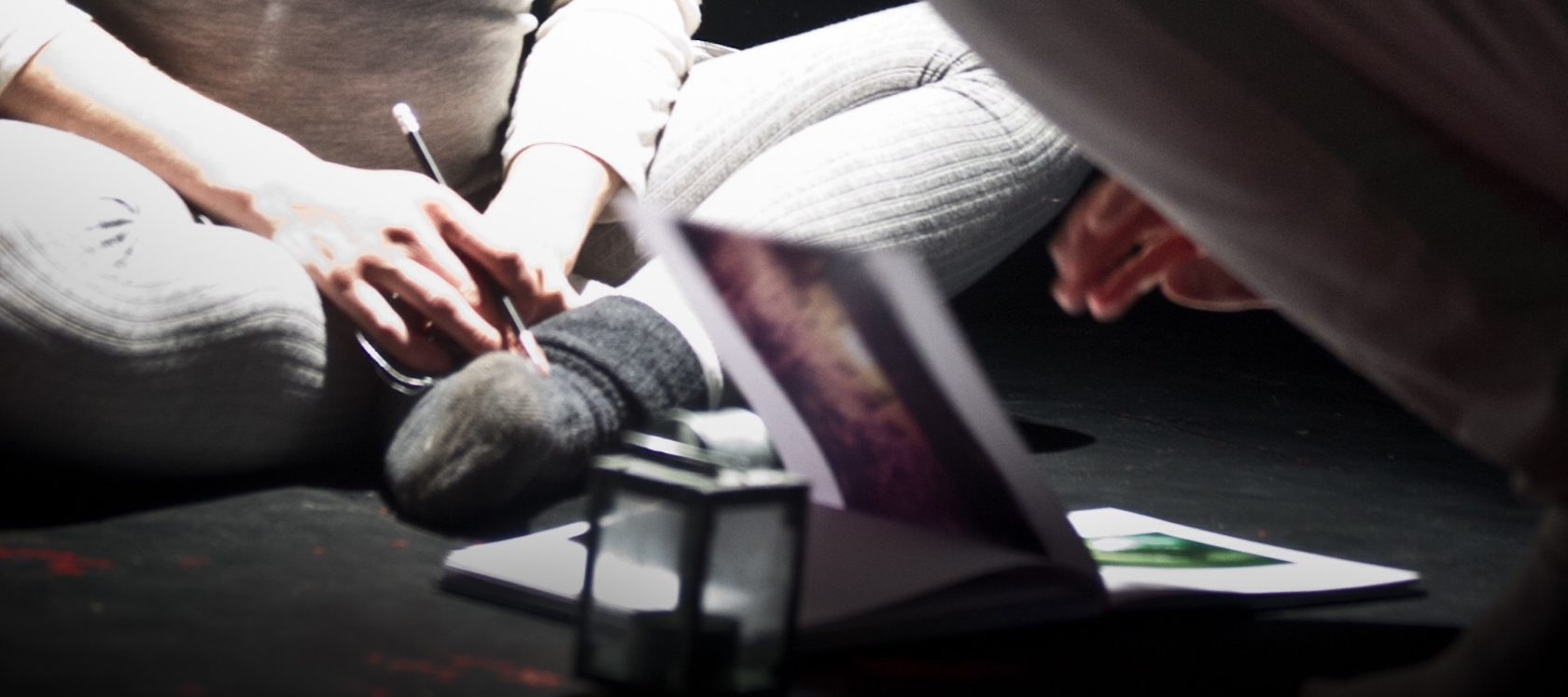
As a LARP designer, what is your role in creating these experiences, both in your own work and more particularly for other festivals and events?
It depends a bit on the context. For festivals, I usually design and run the LARP. Designing the LARP means preparing the framework (the fiction, characters, interactions, mechanics, rules and everything else which is part of the playing experience) and also preparing all the surrounding elements, such as soundtrack and space/scenography.
Running the LARP means being present on the location, preparing the players before the LARP through a workshop or briefing, guiding the LARP itself (which could include giving instructions or changing light or sound to fit the progression of the LARP), and helping the players out of the experience afterwards. At some conventions, a LARP (or freeform game, which is another kind of roleplay emphasising descriptions as much as physical actions) is ran several times simultaneously, and then the LARP designer creates a script that allow others to run their LARP.
LARP scripts are often freely shared, so I have some LARPs that were originally created for festivals or other specific purposes which are now being run by others around the world (so someone else facilitates the experience based on a script I made).
I sometimes create and run LARPs in collaboration with artists from other fields. For example running a LARP within their exhibition that fits thematically or aesthetically with their work. Then we find out together what needs to be there, and I adjust or create the LARP to fit the purpose. Or I create LARPs to generate material for other artists’ work – for example, creating characters and preparing the players for fictional interviews shown in a later exhibition or making a LARP through which the players produce soundscapes later used in an exhibition.
Creating LARPs in collaboration with artists from other fields is always a great experience. I love exploring LARP that builds on music, sound, theatre, performance methods, dance, installations and so on. And I love to learn about different methods and perceptions from people with different artistic practices.
Where do you draw inspiration for your LARP designs and performance pieces?
I think LARP design for me is more and more becoming a way to express sensations or experiences that feel essential but are hard to put into words. I often come back to the joy of moving and sensing or the small poetic moments that happen all the time and can have this undefinable beauty which can be hard to acknowledge because it is not based on logic.
Like when a smile all of a sudden means a lot to you, even though you are not sure why, and if you start interpreting it, it becomes complicated and harder to deal with, and therefore you put it away, but in the moment it was important. Or when you are walking outside and the light and the shapes of the branches somehow seem to line up with your thought patterns, and the moment feels meaningful even though you don’t know why.
I sometimes get this more-or-less undefinable sensation of meaningfulness from dreams. I once dreamed about the world ending, and even though it was sad, it also had this beauty about it. I wrote a freeform game to try to catch and pass on this sensation because it felt meaningful, even though I did not fully understand it. Creating LARPs or performances or freeform games around sensations or experiences makes it possible to share them and legitimise them without being able to put them into words.
Another source of inspiration is music and film, dance, theatre, performance or other artistic expressions. To mention some examples of inspiration, I generally love ballet (and actually a lot of dance styles); classical music like Debussy, Satie, Chopin or Grieg; music by artists like Leonard Cohen or Tom Waits; fantastic, poetic and philosophical novels and film (such as novels by Neil Gaiman and Michael Ende or films by Wes Anderson or Alexander Jodorowsky); abstract, physical, poetic theatre, as for example Danish Odin theatre or American Robert Wilson; and presence based performances, such as performances by Marina Abramovic or Danish Sisters Academy.
And I am very inspired by Mark Johnson’s body-mind theory, Rudolf Labans dance theory and theory on physical theatre by amongst others Michael Chekhov, Jerzy Grotowski, Eugenio Barba and Antonin Artaud. And of course I am inspired by a lot of different LARP designers. I also find it inspiring to design for a specific purpose or within a given frame that sets restrictions. Or designing in collaboration with others, finding the ideas that we are all passionate about, and then creating a frame and finding the tools to deal with these themes.
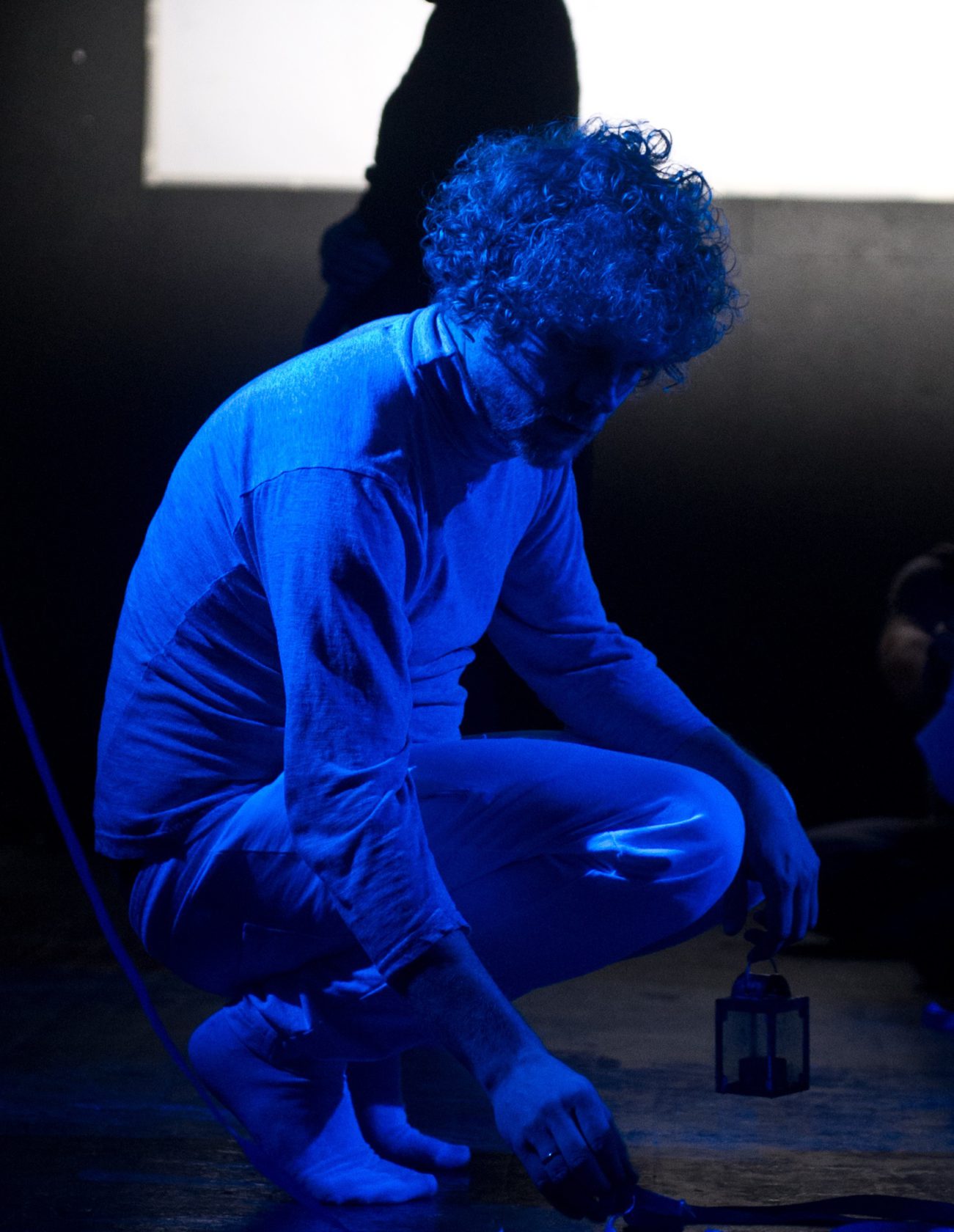
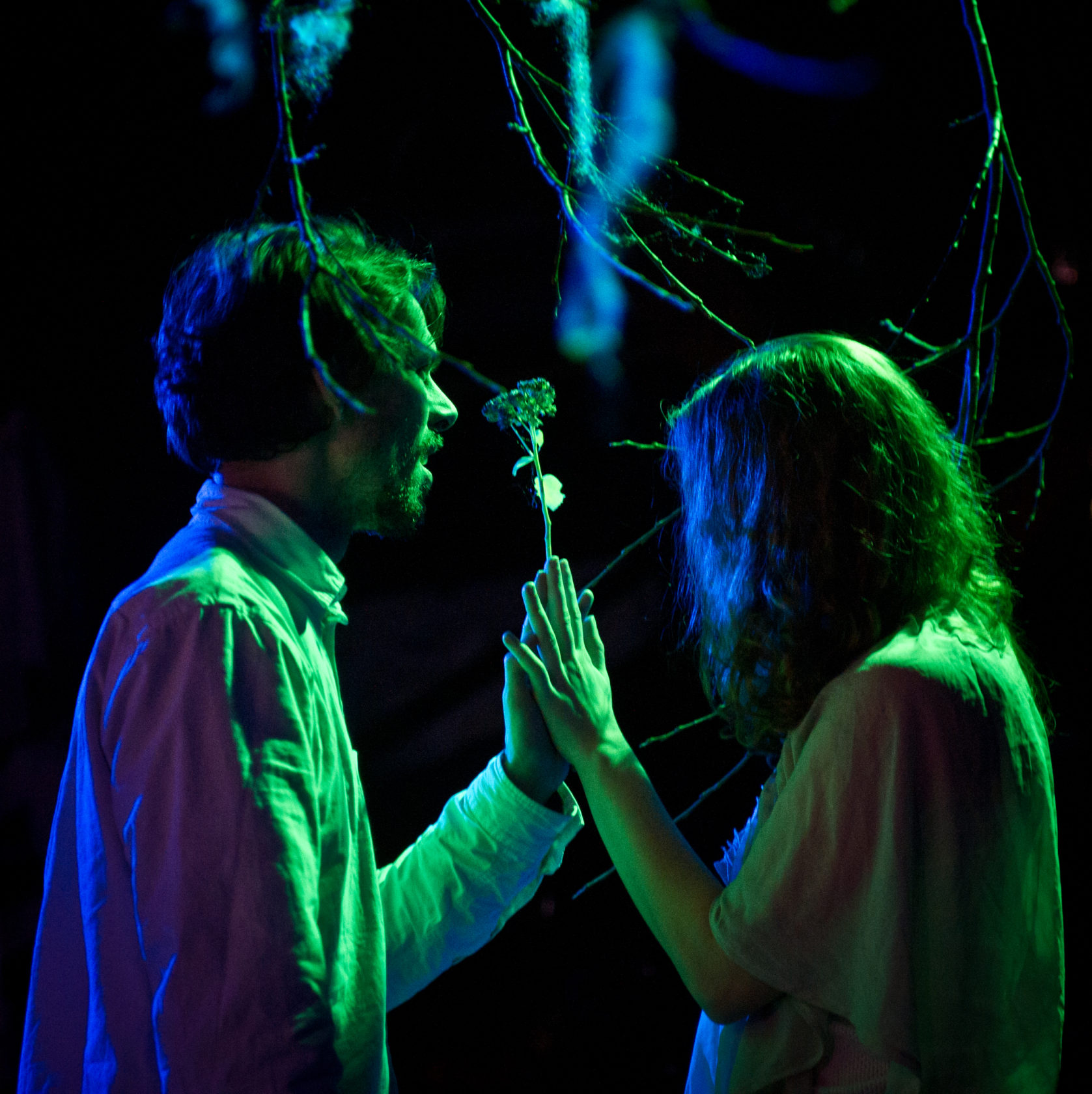
Your work seems to delve into what it means to be human at our core – our emotions, our movements, our senses, loss, discovery, even death. Why are you interested in exploring these topics through your performances?
I think these are topics I have always felt drawn towards or which felt meaningful for me to work with. All of these things are so close and so relevant for our experience of more-or-less every moment, but we tend to focus more on ideas about who we are or should be, what is objectively real, and what the rest of the world is or should be, and then forget about the felt experience that is never-the-less real and present all the time.
Especially for movements, emotions and senses, I find this to be true. We move and sense and feel all the time, and there is a lot of joy and meaning to be found in just noticing these qualities.
For themes like loss, discovery and death, these are inevitable in our lives, and something we have to deal with. I think all of these themes can have strongly poetic notes. Even in deep sadness, there can be a kind of beauty or presence, and colouring these emotions in our minds before actually being faced with them might make it just a little easier to react in the situation.
I sometimes think about death and am amazed that there is this huge change coming for all of us, and we have no idea what the experience is going to be like. But maybe that is true for almost all experiences. Humans can be amazing at adjusting to situations, but also to ignore the obvious or present. Being reminded how fantastic it is to be human and all the things we can do and experience and make meaningful for ourselves might be good once in a while.
I think larping has another strength here, letting us feel a lot of feelings without “real” consequences. In LARP it can be amazing to experience a big tragedy or to be really scared. I think this is true for most art forms, but very present in LARP where you feel the feelings through your character, reacting with your real body in a situation that feels real, rather than experienced through a character in a movie or play. LARP for me is a really good media to explore the fundamentals of what it is like to be human, because we can create these circumstances that, even when they are very abstract, become real to us because we for a while all agree to experience them and interact with them as though they where real.
Relatedly, how does exploring these basic sensory experiences allow us to perceive the world in new or different ways?
This leads back to Mark Johnson and body-mind theory. I believe that perceiving the world through movement and basic sensory experiences is something that everybody is not only capable of, but is doing every single moment of their lives. It is a matter of which of the many, many moment-to-moment experiences we focus on. We often focus on thoughts or interpretations, and shifting the attention to the physical sensations can make the world more clear and allow for another kind of depth. I think it allows us to notice some of the underlaying feelings or sensations that are always present but often ignored.
It sometimes feels like there is a whole world underneath our normal thoughts and perceptions, a secret, unconscious world, which is abstract because it goes beyond what words can express, but which still has a richness of meaning and beauty. I think I have always somehow been chasing this world. When I was a child, I was afraid to grow up because I though that this world would disappear in adult life, and now I can’t believe how lucky I am to get to explore this world all the time, going deeper into all kinds of sensations and expressions, learning how things work without having to be able to verbally express this. I think this deep secret world (or world perception) is accessible and created through basic sensory experiences, as well as being connected to imagination and abstract meaningfulness.
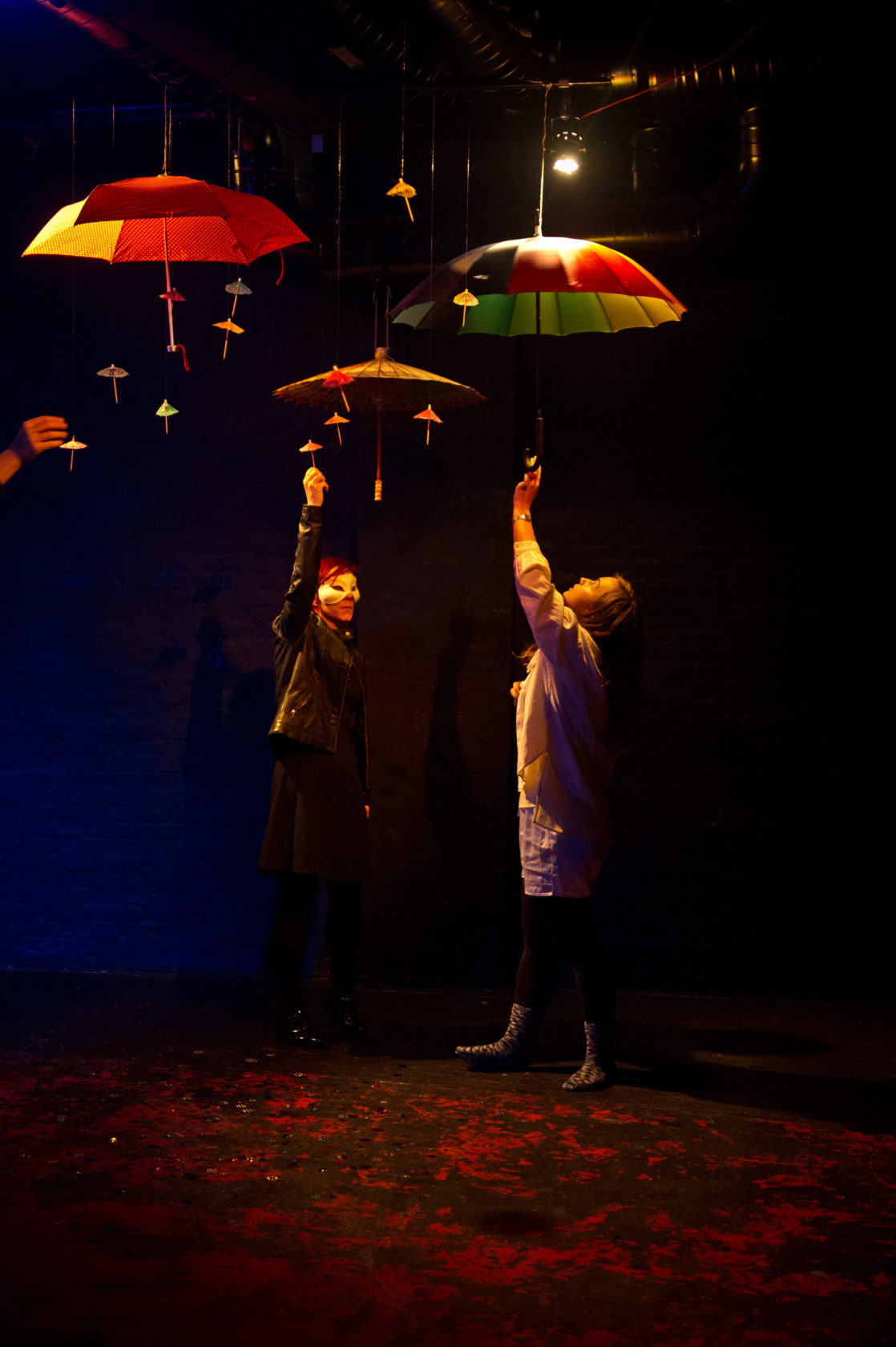
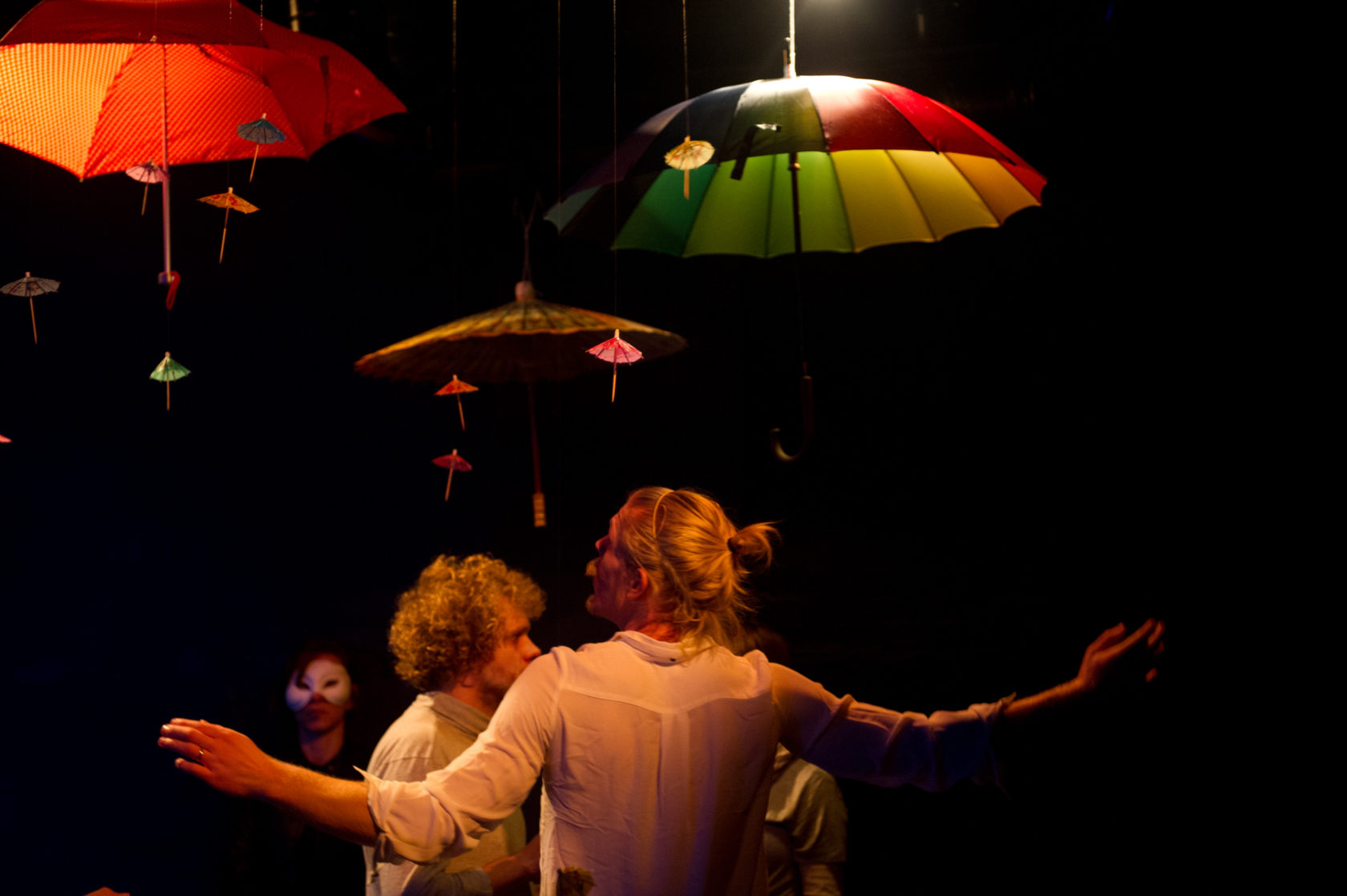
From what I’ve seen of your work, it seems like there is little use of spoken words. Why do you tend to avoid this, and how is sound, or the absence of sound, incorporated into your work? What role does it play?
I am often attracted to the abstract because it allows for this undefinable meaningfulness, and it allows me to interpret the kind of meaning that feels real or relevant for me here and now. Music and sound are amazing to create abstract meaningfulness. It influences us intuitively and can contain many intricate layers that are perceived as a whole. The absence of words similarly allows for private interpretations. Words can often be very defining and can close the space for free interpretation.
I like words as a poetic means to pass on emotions or communication, but I am also a bit scared of words, because through language, we can influence each other’s way of seeing the world, and define these points of views as indisputable truth. I don’t want others to form my life and my world views, because I don’t believe they can do this in the way that is best for me. Or the other way around.
Inspiring others is great, and sharing as much as we can is important, but I think the power of words is often underestimated or misused. I like to use words with the deliberate purpose of negotiating reality (so everyone knows what’s at stake) or restrict the use of words to other specific purposes, and I like creating LARPs or performances with no words at all, because it allows the participants to have their own interpretations of the situations without having to negotiate verbally with others.
Removing or limiting the use of spoken language also allows the participants to focus on their movements and sensations, which I think we otherwise often forget to do. I read Mark Johnson’s body-mind theory as part of my university study and it made a big impression. One of the basic ideas is, that we fundamentally experience the world through our bodies (movements, senses, emotions), but that we often consciously focus on concept, logic and words.
This made a lot of sense to me. I feel a lot more secure with these physical or emotional kinds of experiences, but often feel that these are considered to be less legit than logically understandable thoughts or ideas. Through my LARPs I get to explore them and, for the duration of the LARPs, legitimise them for myself and the participants.
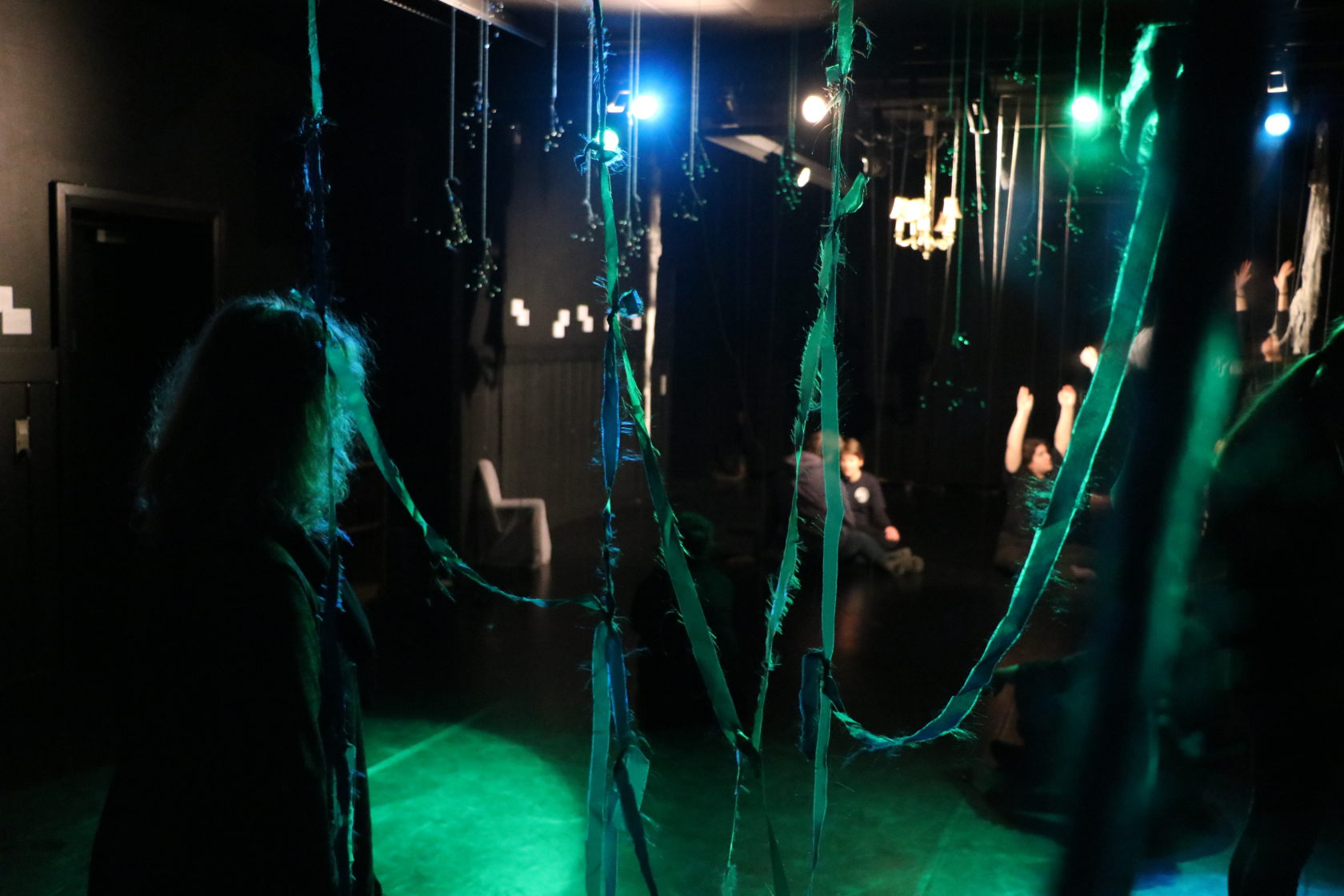
What do you have planned for your residency at iii?
The plan is to create a LARP/performance which uses sound or music as fundamental elements in the design and which explore the experience of sound or music. I am going to collaborate with iii’s artists in doing so. In May we will meet to experience eachother’s works and then begin to plan in more detail how this collaboration will take place and what exactly we will create. I am extreme happy to get to do this and am very much looking forward to the collaboration!
Is there anything else you’d like to say about your work and your process?
I hope and think that LARP as a media will continue to grow. Both LARP used to create performances or other kinds of artistic experiences, LARP used as a tool for education or to promote political awareness and LARP as a media in itself.
I think some of the qualities and tools that we enhance through LARP, such as flexibility in world view, empathy with people who think and experience differently than ourselves, attention to all kind of aspects and experiences of life, and the ability to design small, temporary universes and thereby learn to create and navigate reality is extremely important in the world today.
For myself, I hope to be able to keep doing what I do now, use LARP in collaboration with different artistic fields to explore aspects of experienced existence and search for the meaningful, underlying qualities beyond words.
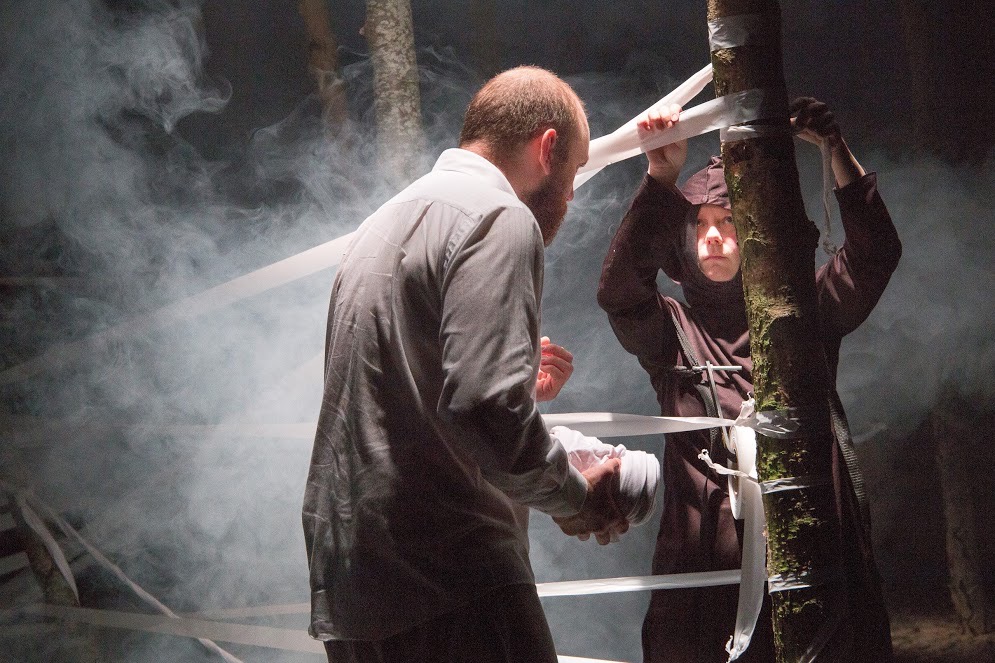
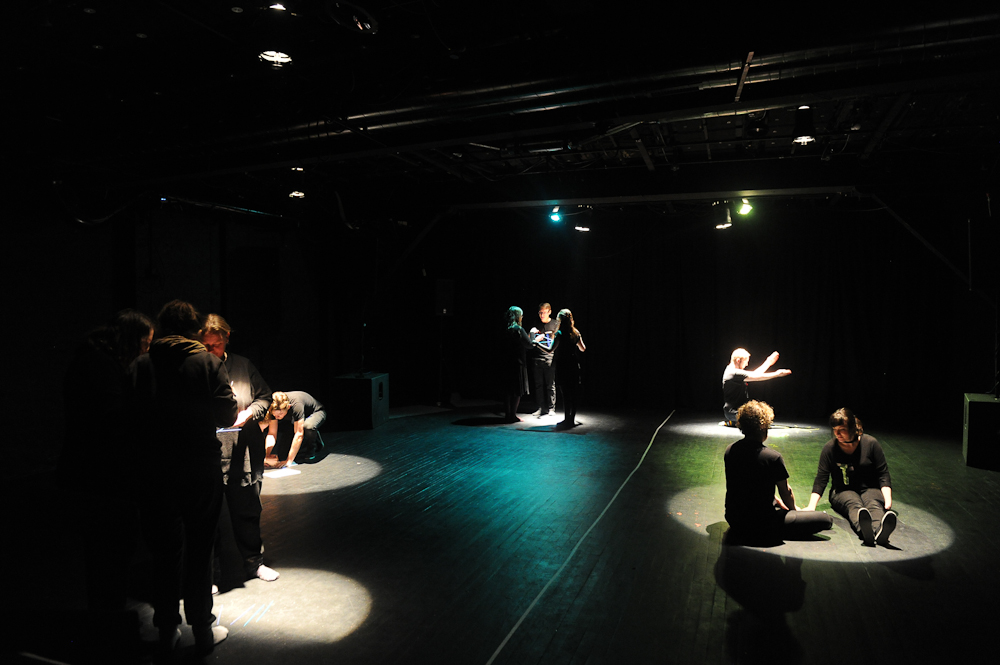
Nina will present three LARPs as part of her residency, 4-6 May 2018 at the iii workspace, Willem Dreespark 312, The Hague. To participate in the LARPs, no preparation is needed apart from wearing neutral, dark (black) clothing.
4 May – Human Experience, entrance €5, free for We Are Public members.
16.00–18.00 – Preperation workshop
19.30 – Doors
20.00 – Program starts
Artists: Dianne Verdonk, Nina Essendrop, Fiona Lee, Matthias König and Jeroen Uyttendaele
Human Experience is a LARP with an audience and 7–12 players. To participate, you have to join the preparation workshop in advance of the performance. Between the workshop and the start of the performance, you can join dinner with the other artists performing in the evening for €8.
The performance itself is part of the performance program for No Patent Pending #33.
5 May – Strangers, €10, 8–18 players
13.00–17.00 – Workshop + LARP
6 May – No Island is an Island, €10, 5–15 players
13:00–18:00 – Workshop + LARP
SIGN UP
To sign up, write an email to Marije Baalman with the following information:
-Name
-Which LARPs would you like to participate in (in order of preference)
-Have you played LARP before?
-If participating in Human Experience, do you want to join the artist dinner (cost will be €8)
-Any food preferences/allergies that we need to know about
When you have been assigned a place, we will ask you to pay in advance by bank transfer. Please let us know as soon as possible if you signed up but are unable to attend after all.
“No Patent Pending is a nomadic performance series presenting radical interdisciplinary practices that engage with sound, image, space and the body. Imagining new tools to articulate everyday phenomena, extending the body, remapping sense perceptions, hacking and reinventing existing media and codes, creating time and space for events which find their preferred storage medium in the memory of participants.”